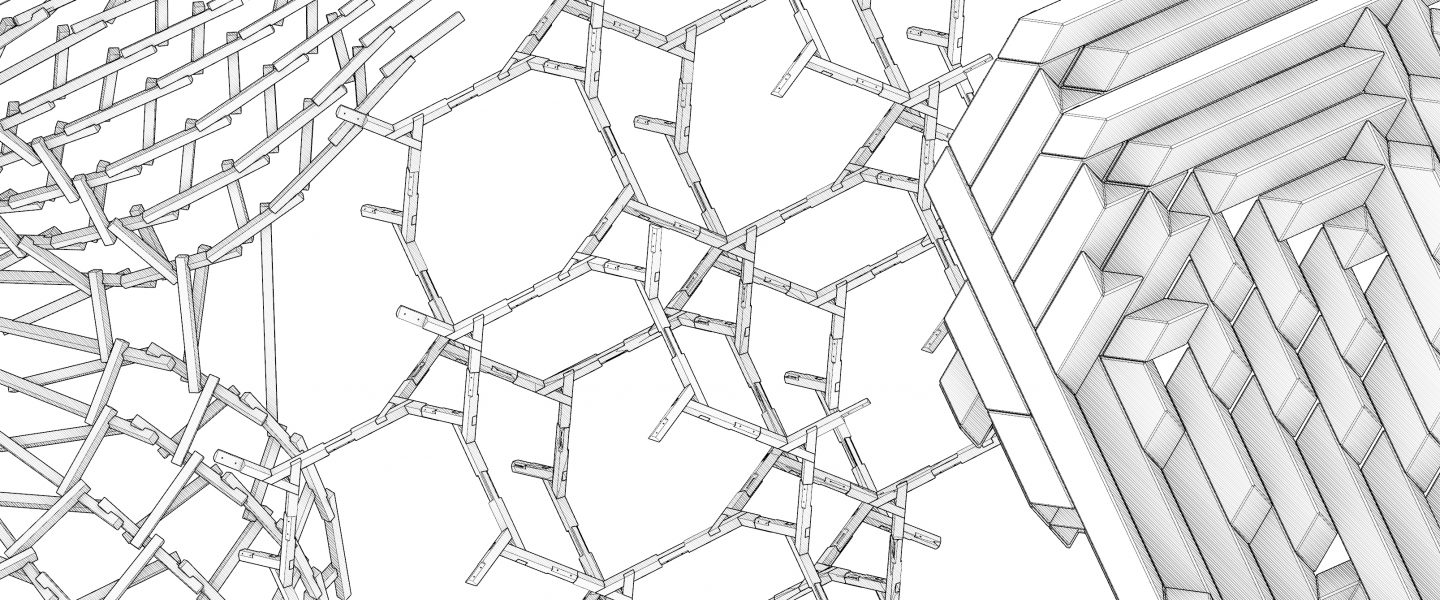
EKA galerii, Põhja pst 7
Start Date:
22.12.2020
Start Time:
13:00
End Date:
22.12.2020
Siim Tuksam, PhD student of the Estonian Academy of Arts, curriculum of Architecture and Urban Planning, will defend his thesis „Modulated Modularity – from mass customisation to custom mass production“ („Moduleeritud modulaarsus – masskohandamisest kohandatud masstootmiseni“) on the 22nd of December 2020 at 13.00 EET (UTC +2).
Audience is welcome to follow the live-stream on the link below: https://tv.artun.ee/doktoritoodekaitsmised
The defense will be held in English.
Supervisors: Dr. Renee Puusepp (Eesti Kunstiakadeemia) and Dr. Antoine Picon (Harvard University)
External reviewers: Andrew Witt (Harvard University) and Dr. John Harding (University of Reading)
Opponent: Andrew Witt
The digitalisation of the construction industry is in full swing. The infrastructure for the computer-aided fabrication of buildings is here, yet mass customisation by robotically manufactured infinitesimally variable components, as suggested by the early digital architects of the 1990s, is still not viable on an industrial scale. Architecture is seemingly forced to adapt to the industry rather than the other way round. How is it possible, within this context, to maintain the autonomy of the architectural discipline, facing the realities of extensive standardisation, automation, and artificial intelligence?
Digital architecture as a critical discourse was largely built upon Gilles Deleuze’s idea of folding, proposing a continuous formation of matter based on intensities. Folding in architecture resulted in an almost frictionless combination of topology and tectonics, where the whole consists of continuously variegated adaptive details. It is this continuous adaptation that is contested within the thesis in which modulation is proposed as an active intervention rather than frictionless optimisation – subverting the prevailing ideology from within by taking the system more seriously than the system takes itself, to paraphrase Slavoj Žižek.
Looking at modularity in architecture, starting with the professor of architecture at the École Polytechnique Jean-Nicolas-Louis Durand and the analytical method at the beginning of the 19th century, and studying mid-twentieth century modular structures inspired by system theory, a lineage is traced towards the digitisation of architecture. The introduction of modularity into digital architecture produces an internal tension that constrains the formation of matter. In the 1960s the German architect Eckhard Schulze-Fielitz explored this type of emergent formation through the term Raumstruktur (structure of space), a macro material capable of modulation. By modulating the conditioning circumstances into a model of the Raumstruktur, a design space is created that governs formation – not a mould, but an emergent structure of space.
These internal tensions manifest themselves in the formal qualities of this macro material as an expression of the underlying structure. Through this expression, the communicative and political dimensions of modulation are explored in the thesis, suggesting an ornamental quality within the work and therefore a differentiation from mere construction.
The study is projective and reflective at the same time – experimental research by design that turnsinto both practice research and theoretical research. Through a series of projects in collaboration with the Estonian wooden house manufacturing industry, this exploration has evolved from looking at mimetic algorithms and variable tectonics towards a pre-rationalised design approach – modulated modularity.
Members of the Defence Council: Dr. Jüri Soolep, Dr. Anu Allas, Prof. Klaske Havik, Prof. Panu Lehtovuori, Dr. Suzie Attiwill, Prof. Toomas Tammis
Please find the PhD thesis HERE
